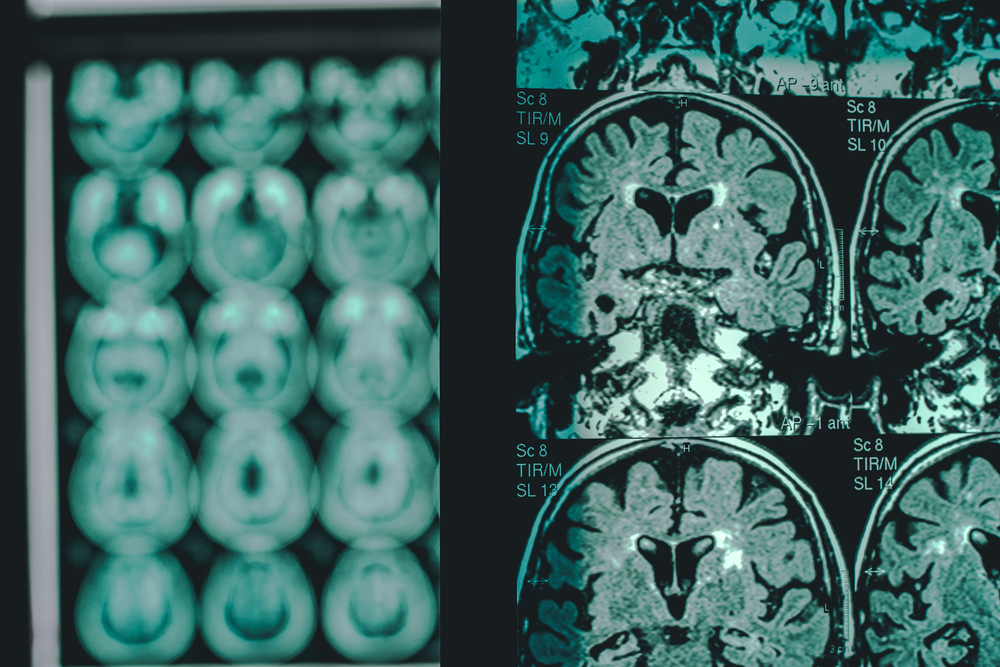


CALIFORNIA - All names have been changed, but the story is based on real events.
Mr Darby, a 72-year-old man, was back in the emergency room. It was the seventh time this month alone. The nurse, assigned to him from his medical group was not surprised, neither was his daughter. Mr Darby had been frequenting the emergency room for four months now. He would become very dizzy and fall and require another trip to the local hospital. The septuagenarian spoke only Vietnamese and his daughter Vietnamese and broken English. Translating was difficult as neither his nurse nor his primary care physician spoke any Vietnamese. Mr Darby’s hospital bill for the past four months was US$392,000. There are millions of Mr Darby’s across the United States healthcare system, and they continue to cost the system valuable dollars in avoidable inpatient care.
In the first three months of 2021, investors flooded the market, investing almost US$10 billion in healthcare tech, while companies in the sector hit a US$9.8 billion market cap. The US government has invested upwards of US$30 billion to enhance healthcare related data exchange. All sectors of healthcare investment were record breaking, surpassing even 2019 levels. The US is funding healthcare, medical tech above all, at alarmingly ever-higher rates. Why is the US healthcare system still broken after this massive funding? What are the lessons learned, and how can an improved system be built for a better tomorrow for patients and providers al
The content herein is subject to copyright by The Yuan. All rights reserved. The content of the services is owned or licensed to The Yuan. Such content from The Yuan may be shared and reprinted but must clearly identify The Yuan as its original source. Content from a third-party copyright holder identified in the copyright notice contained in such third party’s content appearing in The Yuan must likewise be clearly labeled as such. Continue with Linkedin
Continue with Linkedin
 Continue with Google
Continue with Google











 1470 views
1470 views






